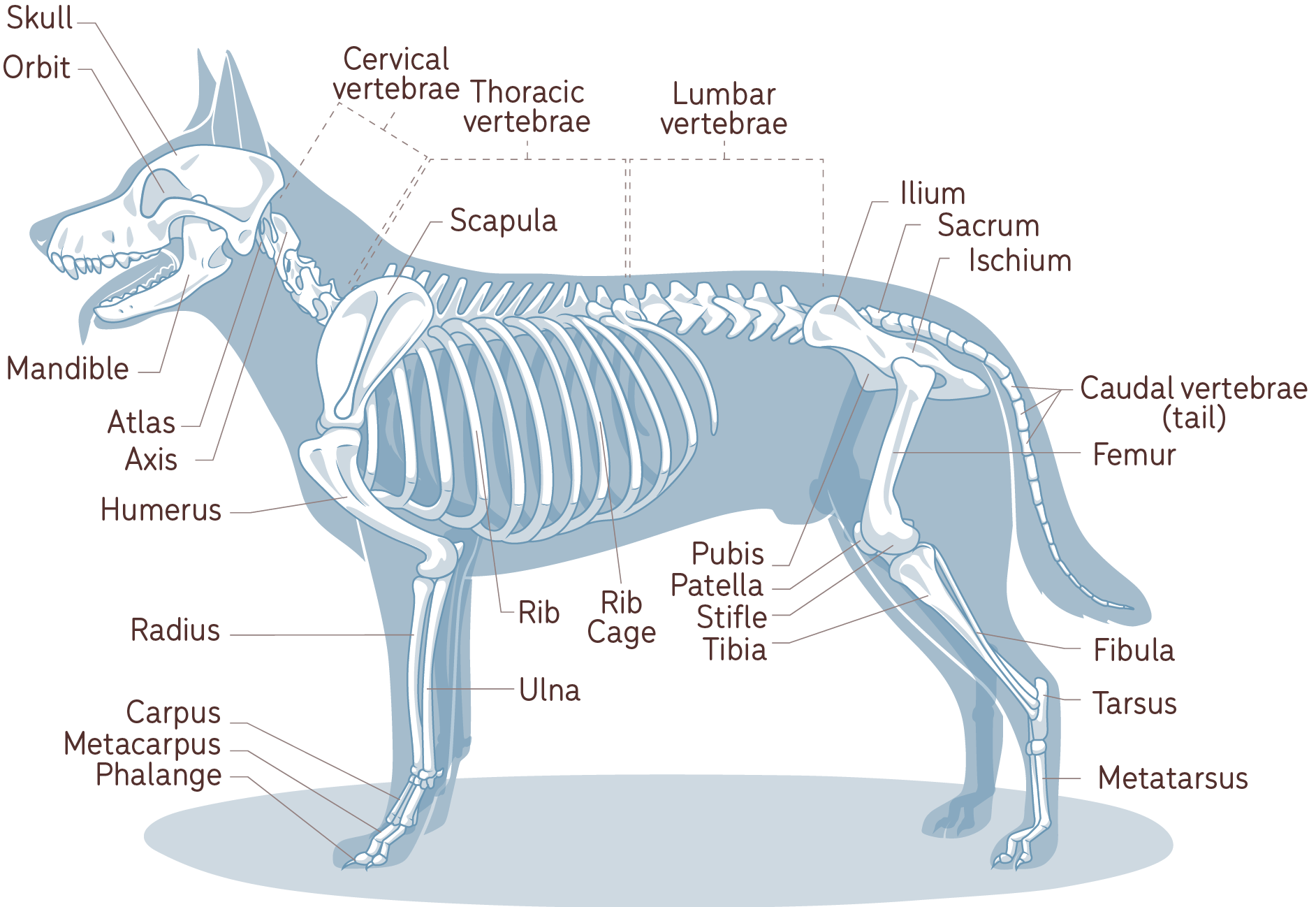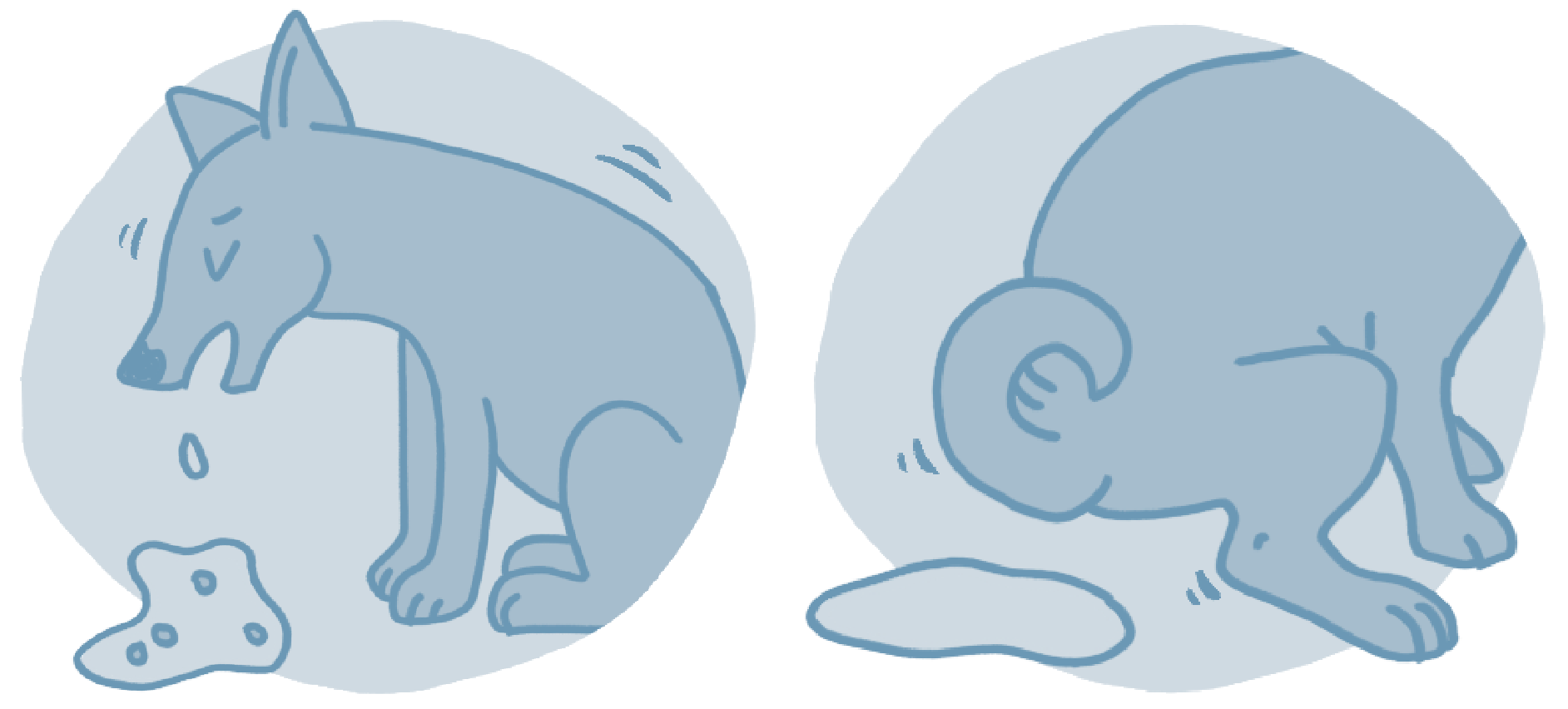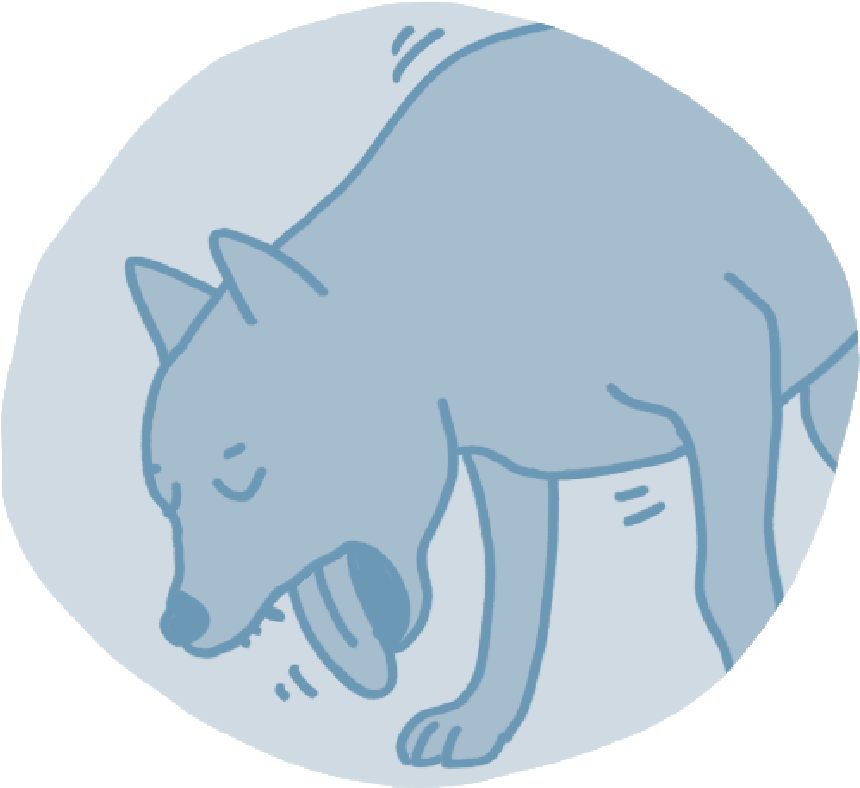Basic First Aid for Pets - The Ultimate Guide

from Integrative Vet, Dr Nicole Rous
Many parents are comfortable with human first aid skills but when it comes to our fur children, we’re not as confident. Why is this? Obviously, they’re not humans, but I also think it’s because of a lack of first aid training for pets. Most homes have a first aid kit for the humans, but do you have a pet first aid kit? Vets are busy and it’s not always easy to get straight in when something goes wrong. Let’s change that narrative around pet first aid and go through some practical advice so you can be confident next time you’re faced with a first aid situation.
1. Get to know your pet’s body

Knowledge is power when it comes to first aid for pets and let’s face it, pets are different to humans. Understanding what your pet’s ‘normal’ is can go a long way to helping communicate with your vet when things aren’t normal. Check your cat or dog’s gum colour on a frequent basis by lifting their lip. Do this when they’re at rest as well as after exercise. Gum colour is influenced by blood pressure and organ function so it can change. Normal is a light pink to pink colour. Dark red, yellow, or very pale pink are abnormal and need veterinary attention. Gum colour is one of the first things that vets check when they are presented with a sick animal as it alerts us to the seriousness of the situation.

It's also a good idea to learn basic anatomy and be familiar with the ‘feel’ of your pet’s anatomy. What does the inside of each ear look like normally (and smell)? Lift their tail – I know it sounds gross but what does their bottom normally look like? What do their feet (especially the underside) normally look and feel like? Do you know where the knee (stifle) is located? What about the wrist (carpus)? If you can get confident and comfortable with their normal, when they injure themselves, you will be confident looking for, and localising abnormal. Vets will systematically go through these things as they do a physical exam on your dog so perhaps next time you visit your vet ask them to show you. I will often get pet owners to feel their pet’s injured/swollen leg or look at the infected ear so they can monitor response to treatment.

2. Managing a wound or torn nail
Dogs are prone to injuries, and you don’t want to have to rush to the vet every time they have a small scrape (as you wouldn’t with a child). You also don’t want a small scrape getting infected. Having a first aid kit for pets is handy for these situations. If you see blood coming from your dog the first thing (after taking a deep breath!) is to try and localise it. If your dog has collapsed or is seriously limping, then it’s straight to the vet, but if they seem ‘normal’ then localising the bleeding is the next best step. You can often do this from a distanced visual exam but if not, feel over them starting at the head and moving from head to tail systematically. Once localised, use a tea towel or similar and apply pressure for 2 minutes (5 minutes if a nail). Then, carefully clean the area with some plain (or slightly salty if desired) water. If on a haired area of their body you can carefully trim some hair away with scissors so you can get a better view. If the wound is larger than 2cm and deeper than the skin it’s off to the vet, but if superficial then you can apply some safe antiseptic, a non-stick dressing and wrap with a cotton bandage for a few hours. If a torn nail, then remove any hanging (if possible) and do the same trick of wrapping.

3. Vomiting, diarrhoea and foreign bodies.
If it’s not bleeding or a wound, then the other common first aid situation for pet parents is all to do with the tummies. Vomiting and diarrhoea would have to be one of the most common emergencies we see as vets. First rule is, if your pet seems unwell – ie. really lethargic then it is always a good idea to take them to the vet. If they’re otherwise bright and happy then you can monitor them at home. If they vomit more than twice in 24hrs then it’s a good idea to take them to the vet to rule out an obstruction, and to get them medication to help them feel better. If they have had diarrhoea for more than 3 days, then it’s also a good idea to take them to the vet.
Ok, with basic rules out of the way how do you manage them? Well, in adult pets you can fast them for 12hrs and then offer a small amount of bland food. Ideal bland food is boiled turkey and pumpkin. I prefer turkey and pumpkin over chicken and rice as there are many pets these days that react to chicken and pumpkin has lots of beautiful fibre to soothe an upset tummy. If you offer a 1:1 ratio of cooked turkey to pumpkin, offer it in small meals over 1-2 days whilst you’re monitoring their response. A suitable daily intake would be around 1 cup total per 15-20kg body weight (not a lot!). You can also offer them small amounts of bone broth. Many people will additionally recommend probiotics and prebiotics at this time or some clay to help bind them. I think that there are some great products on the market for this, but many pets respond to a simple diet without overcomplicating it.

4. Limping
So, your pet is limping, how can you help? Well, this is another one that is tricky to know when to manage at home, and when to go to the vet. If they’re not putting weight at all on a leg, it is definitely a vet visit. If there’s a slight limp, then use your newly acquired anatomy knowledge from reading step one and try and localise the pain. Is there a wound somewhere? Is there a swelling somewhere? If it’s really sore then a vet visit is required but if just a slight limp, then monitor for 24-48hrs, rest, and no walks, and then book in with the vet if still not better. It’s a good idea to ask your vet what your dog’s (not cat!) paracetamol dose is so you can have a pain killer on standby ready if needed. An extra tip - whilst you’re at it also ask your vet what your pet’s (both cats and dogs) standard antihistamine dose is as if they’re itchy and it’s a Sunday afternoon it’s good to have something to take the edge off when the vet is closed.

5. Choking
One of the most stressful situations for pet owners is dealing with a choking dog. First thing I would say is dogs do have a good choking reflex and will naturally force a vomit or regurgitation often if they have guzzled their food a little too quickly. It can be stressful to see though! Next comment is that you need to be very careful not to get bitten if you’re going to intervene in a choking dog. Sticking your hand down a choking dog’s mouth is fraught with problems. If it’s possible, it’s good to be able to assess if there’s anything obvious in their mouth. Dogs can get sticks or pieces of bones or chews stuck across the roof of their mouth or teeth and seem to be choking. These can often be retrieved by pet owners but sometimes they also need veterinary attention.

Did you know you can perform a dog version of a Heimlich manoeuvre in dogs if they’re choking? You can do this in the wheelbarrow position for big dogs or for little dogs with them lying on their back on your lap. You’re aiming to apply pressure with your hands right beneath their rib cage and pushing up with a thrusting motion 5 times (then checking their mouth to see if the obstruction has been forced out). If in the wheelbarrow position wrap your arms around them (leaning over them) and put your hands under their rib cage in a fist position and perform the upward thrusts that way. This is probably one of the bravest first aid situations for pet owners so don’t feel pressured to learn this if the thought is overwhelming but it’s good to mention it is possible in case it is something you’re keen to have learnt to have in your toolkit. I honestly don’t know many people that have done this in the 15 years I have been a vet – vets and pet parents included!
For me, the best thing you can do to prepare for a first aid situation in your pet is knowledge. Upskilling your knowledge will give you the confidence to know what to do when your pet needs you and making sure you have a first aid kit ready with basic needs!

About the Author - Dr. Nicole Rous
Dr. Nicole Rous completed her degree with Honours from the University of Sydney in 2008. She initially worked in the UK before returning to small animal practice in Melbourne, Australia. Dr. Nicole has a keen interest in animal reproduction and has been granted Membership with the Australian and New Zealand College of Veterinary Scientists in this specialty. She is also passionate about complementary therapies such as massage and enjoys discussing ways to enhance pets' overall well-being and quality of life.
In August 2021, Dr. Nicole joined the Mont Albert Veterinary Surgery team as a director and continues to provide exceptional care to her patients. She is dedicated to utilising her knowledge and experience to assist pets in living longer, healthier, and happier lives.
Dr. Nicole's commitment to providing natural and holistic health practices for pets inspired her to establish Shy Tiger, a company that offers natural pet products made from premium ingredients sourced primarily from Australian farms and producers. Her expertise in natural health practices and dedication to providing excellent care to her patients make her a reliable partner for pet owners in Melbourne and beyond.
